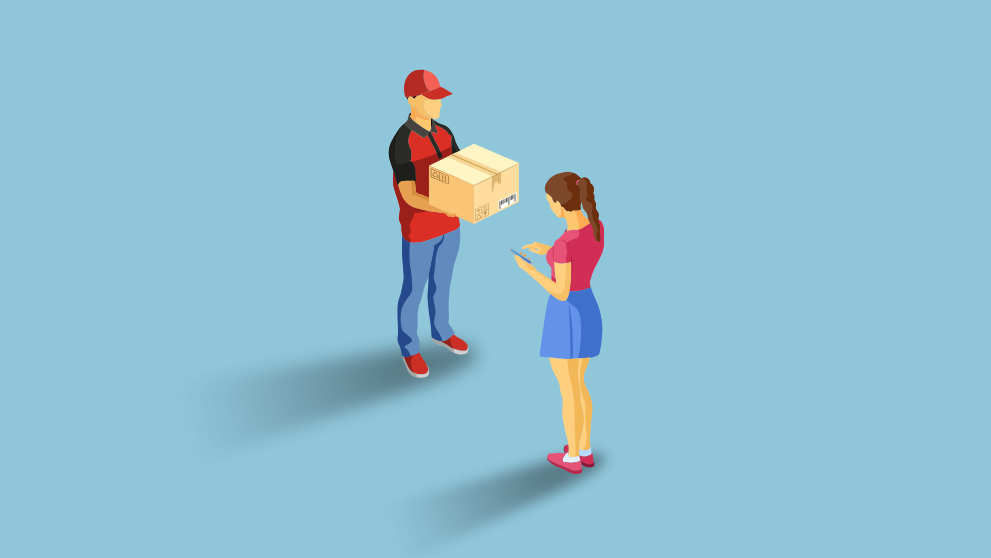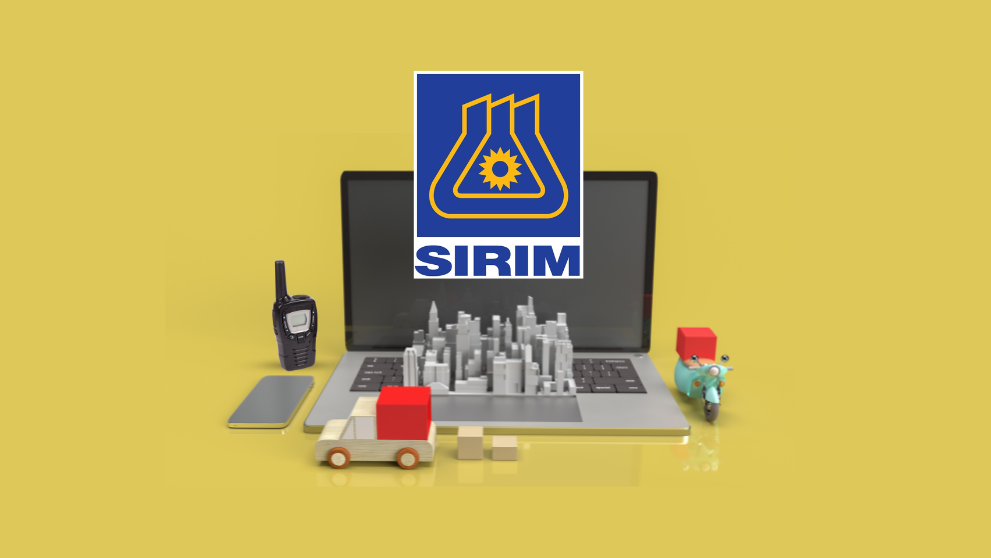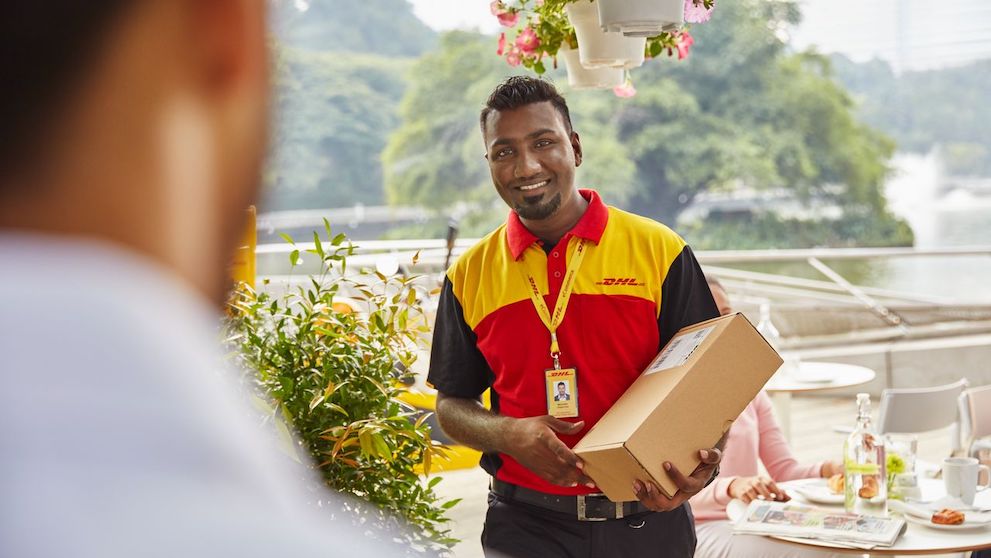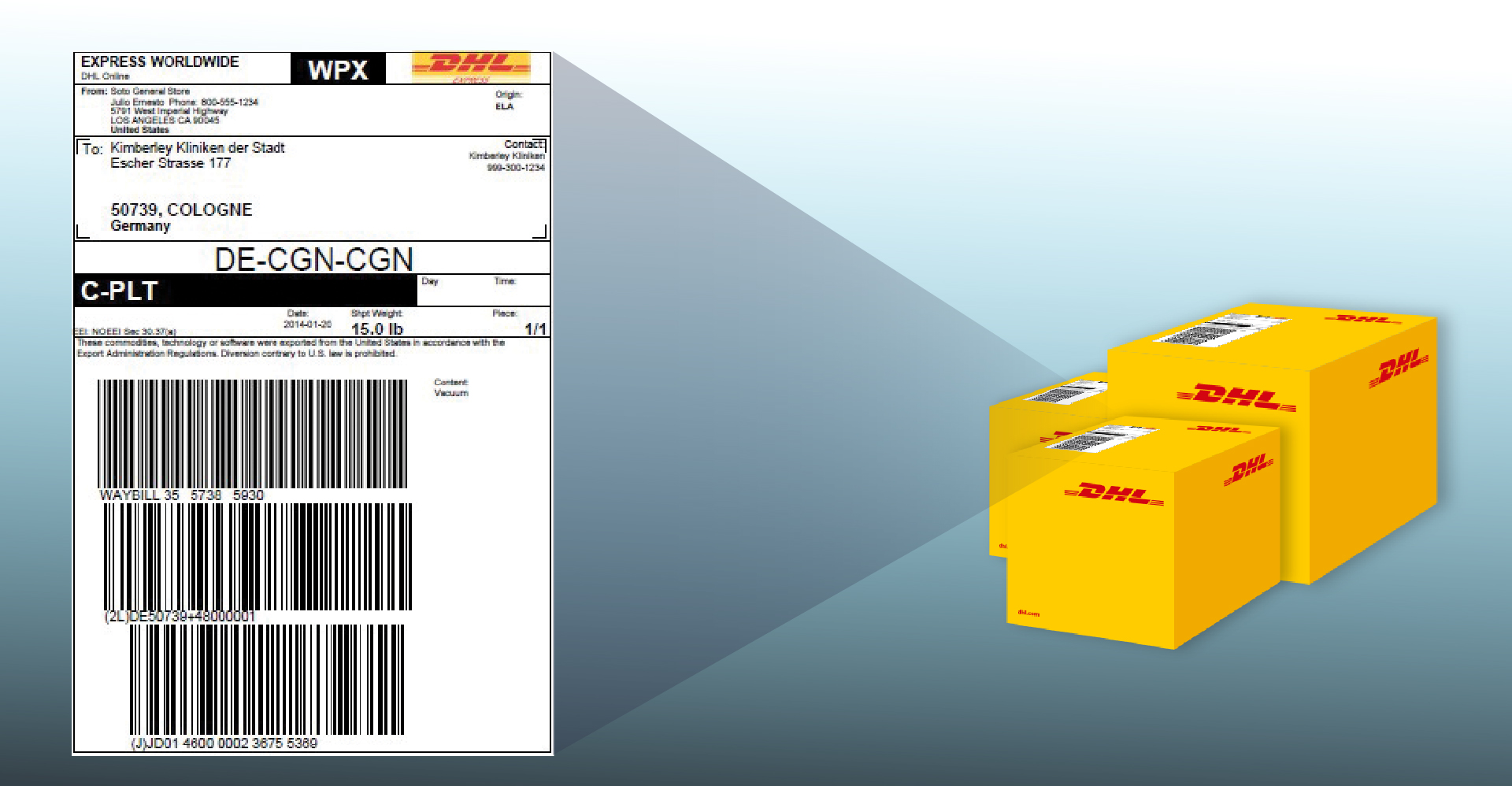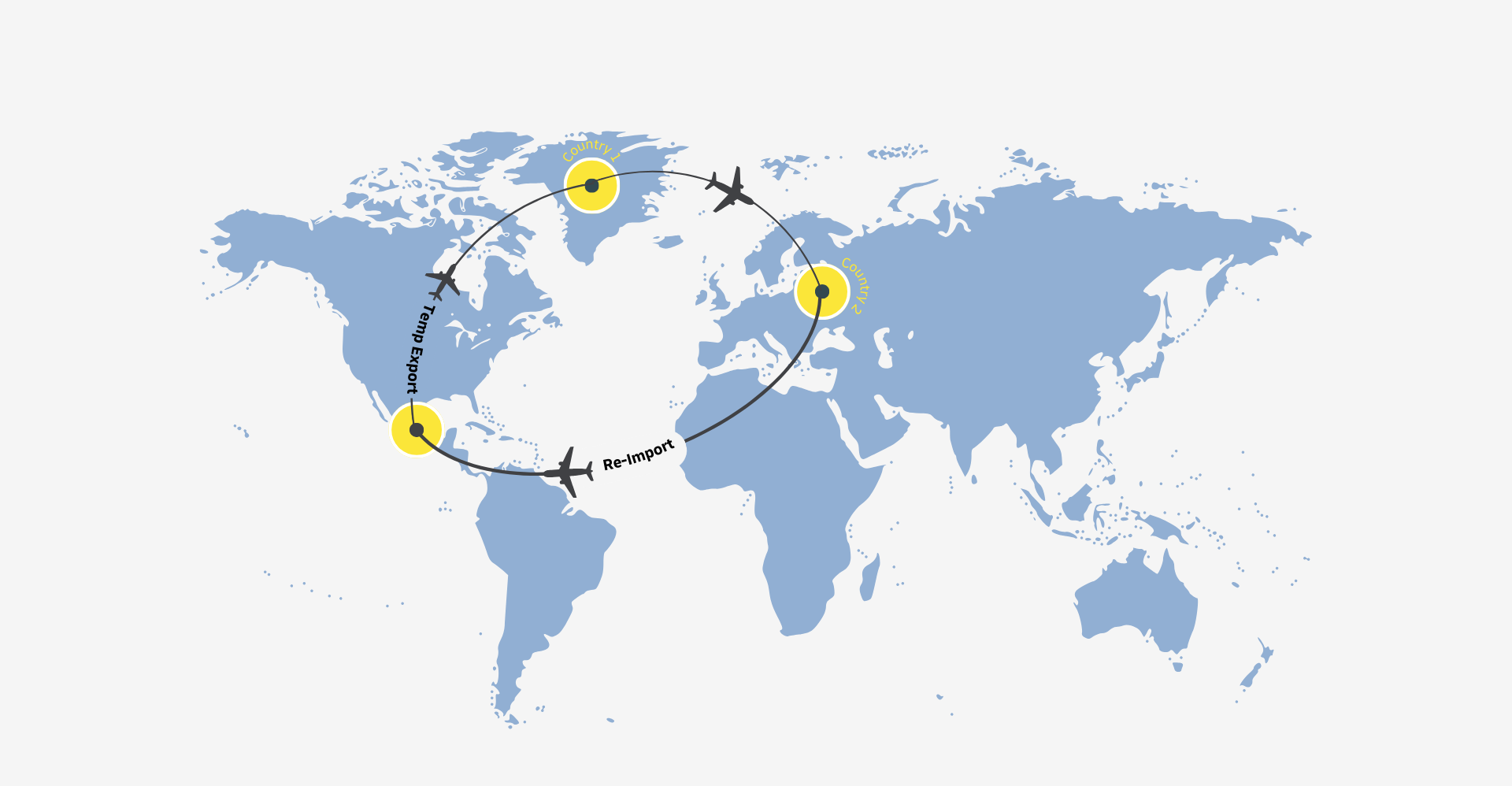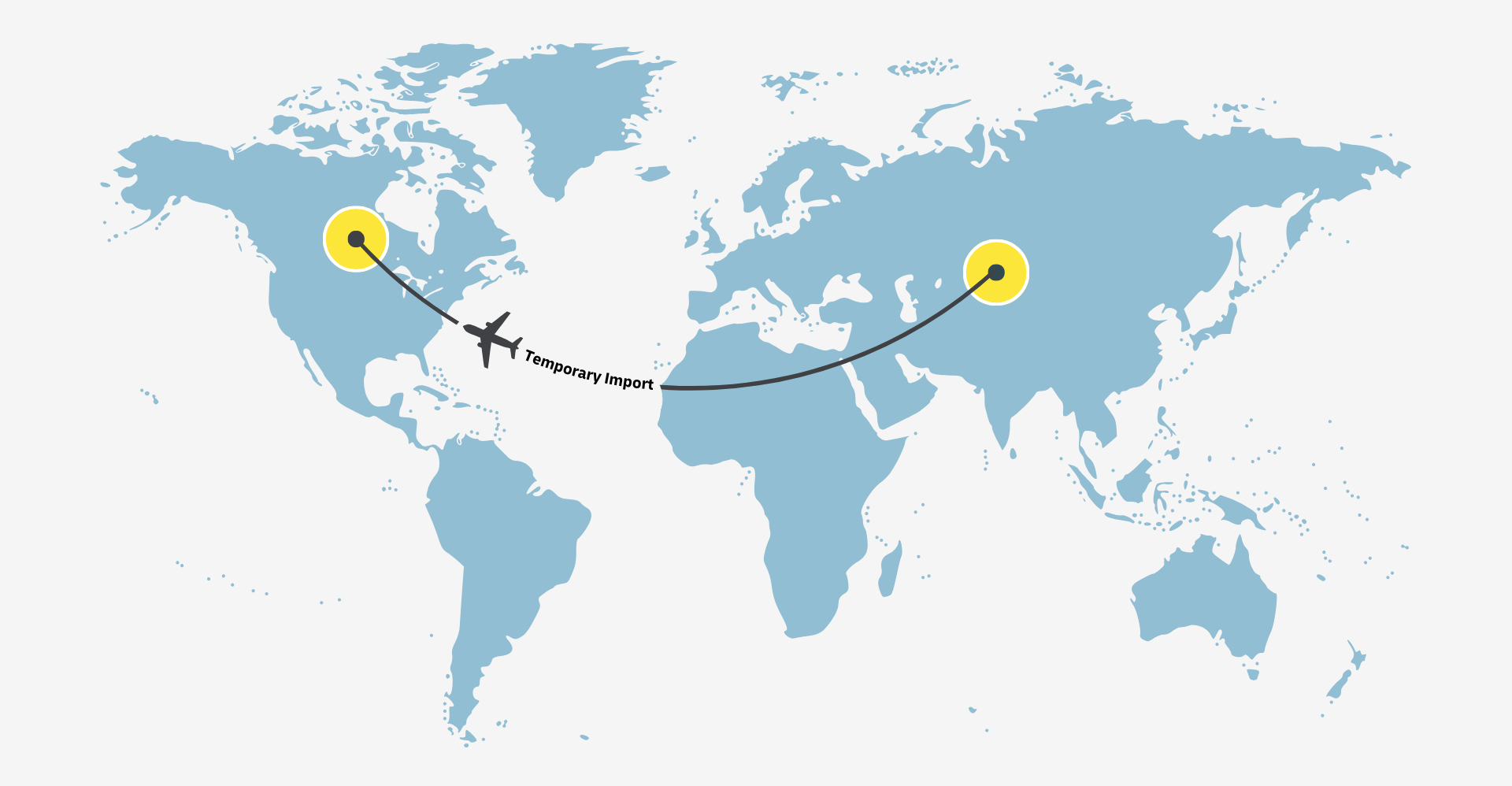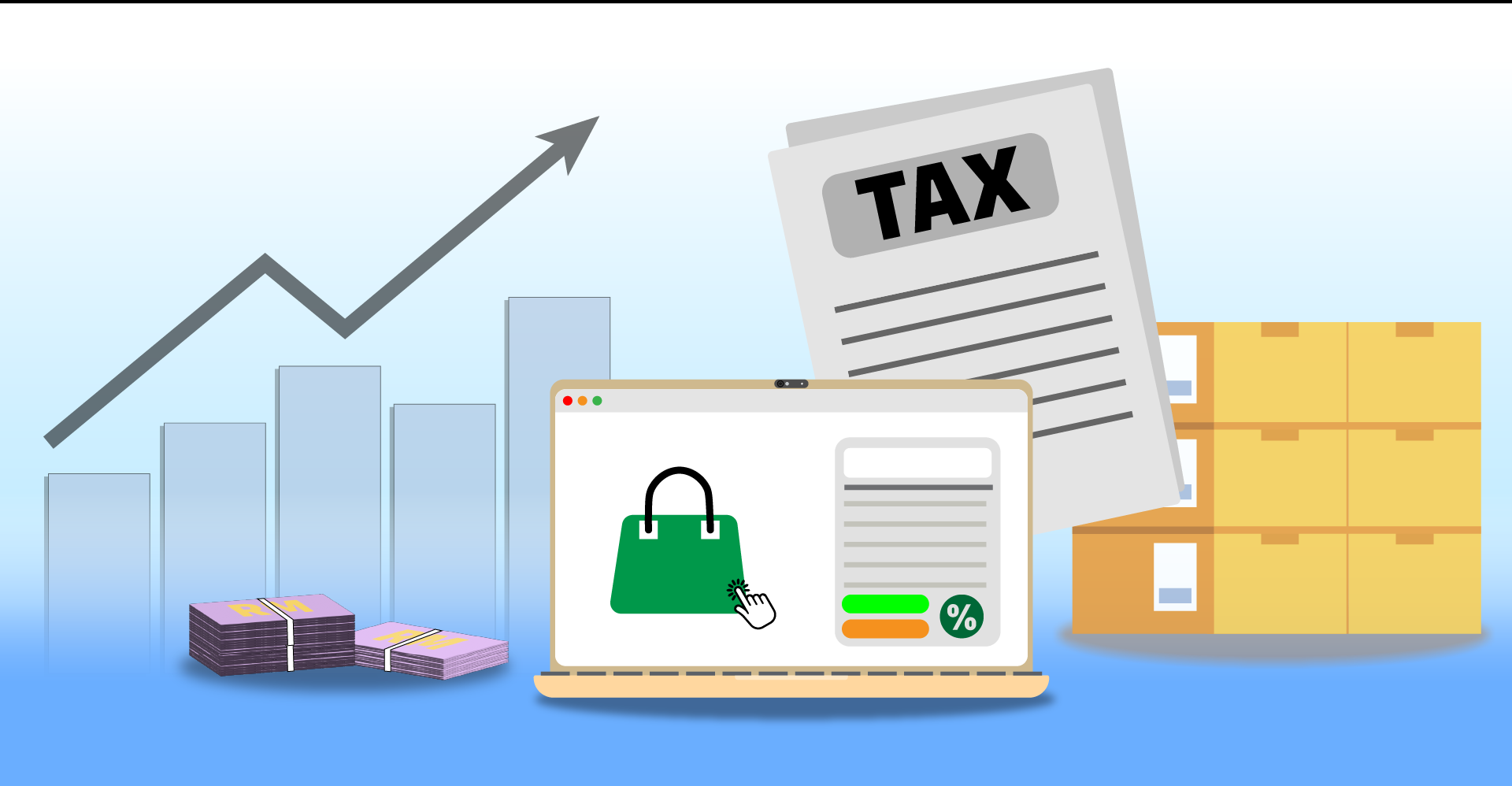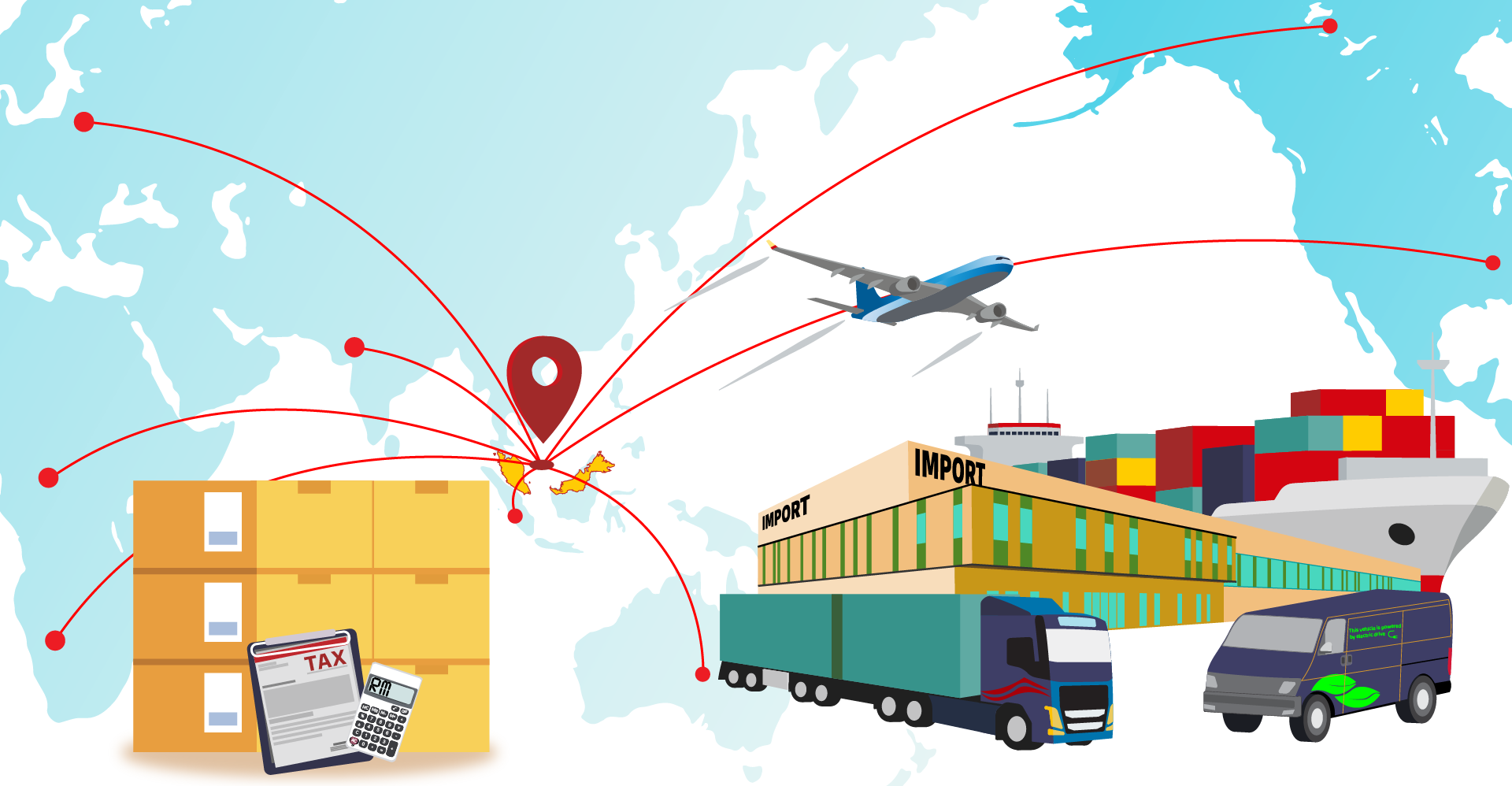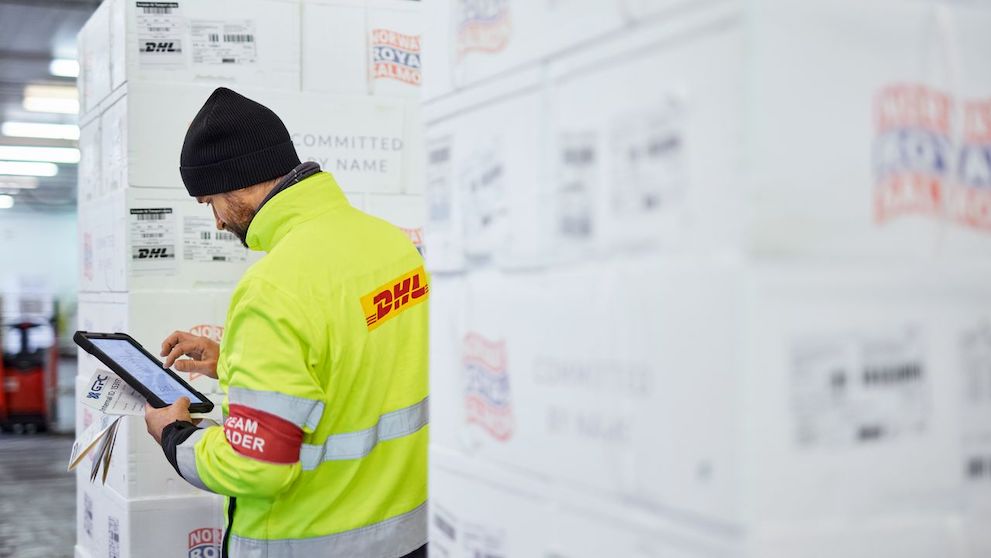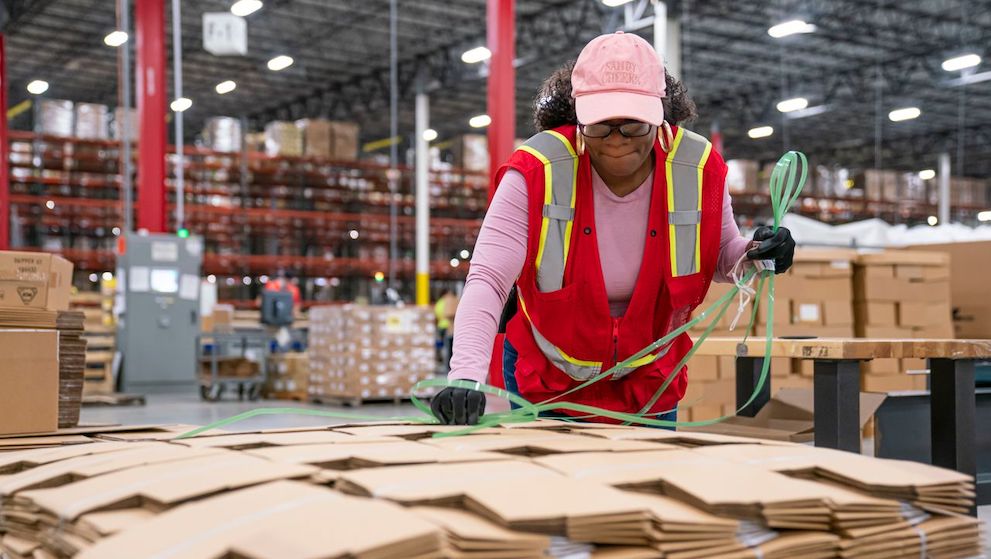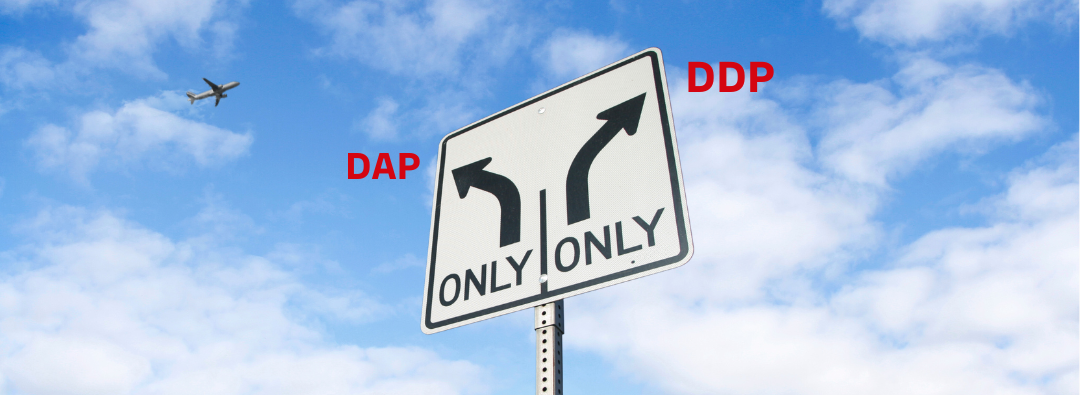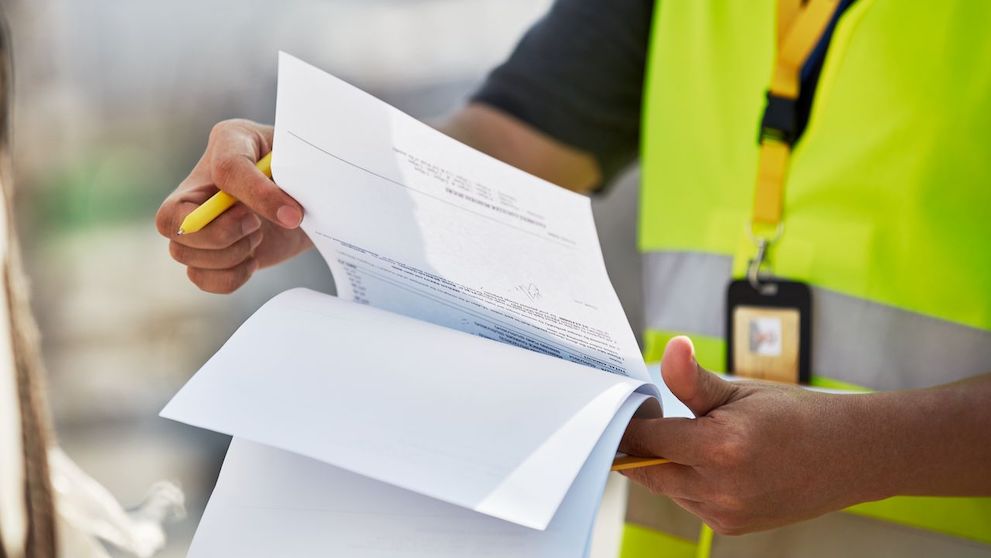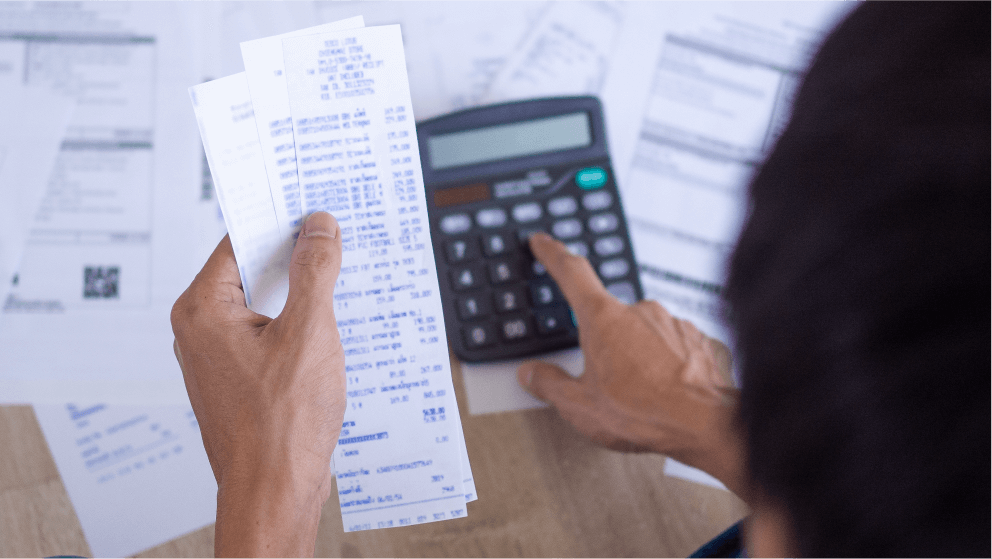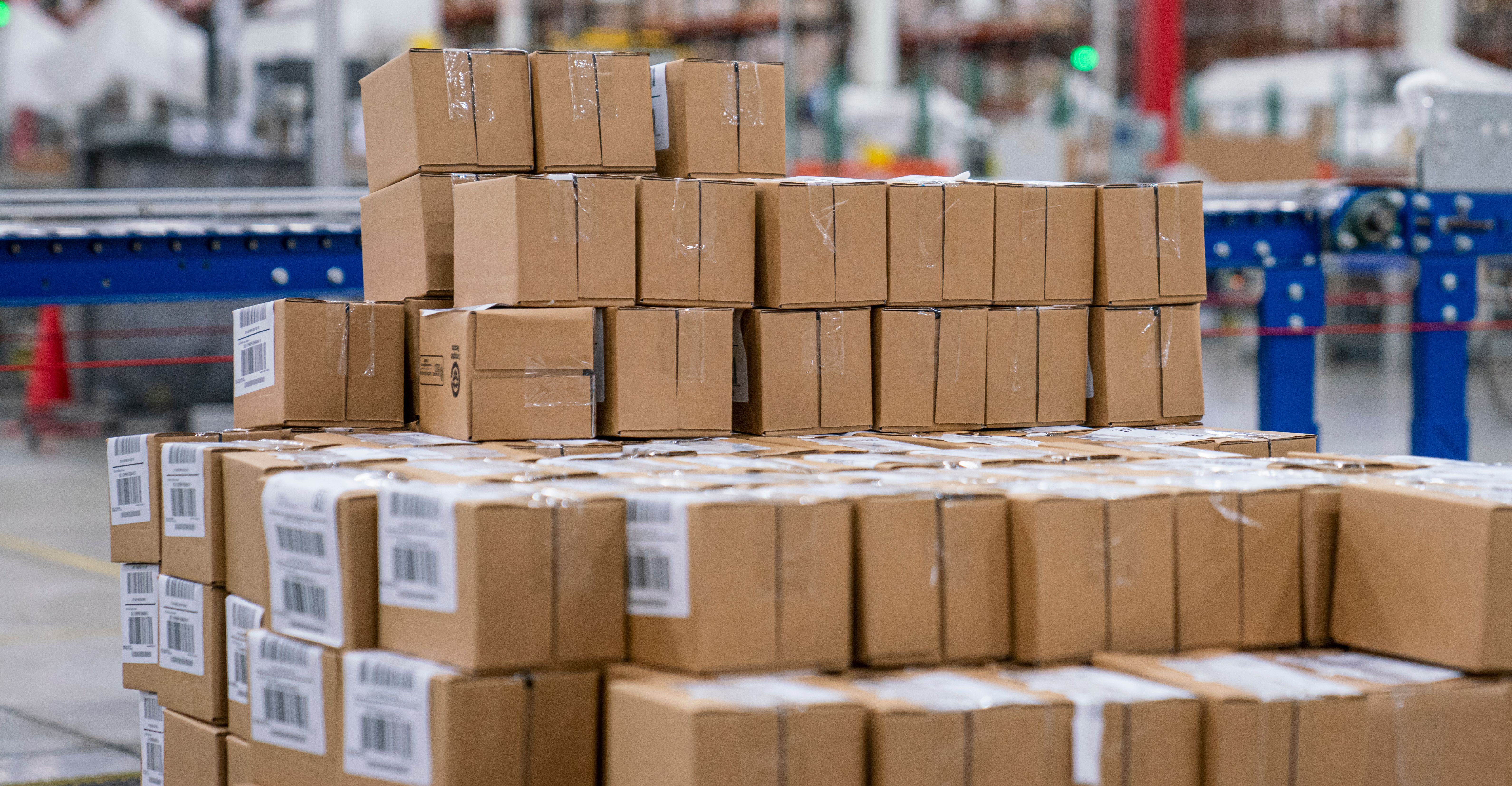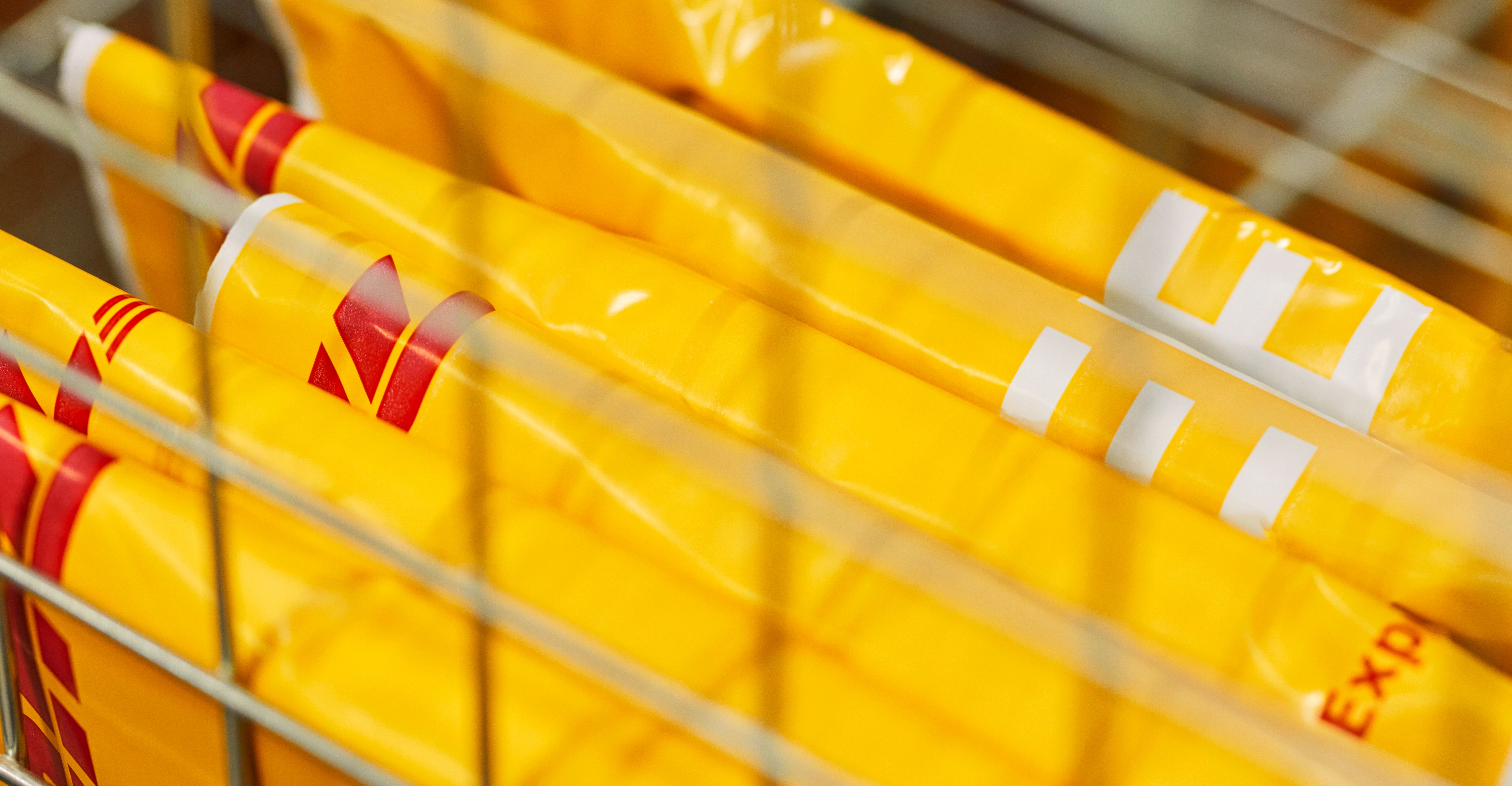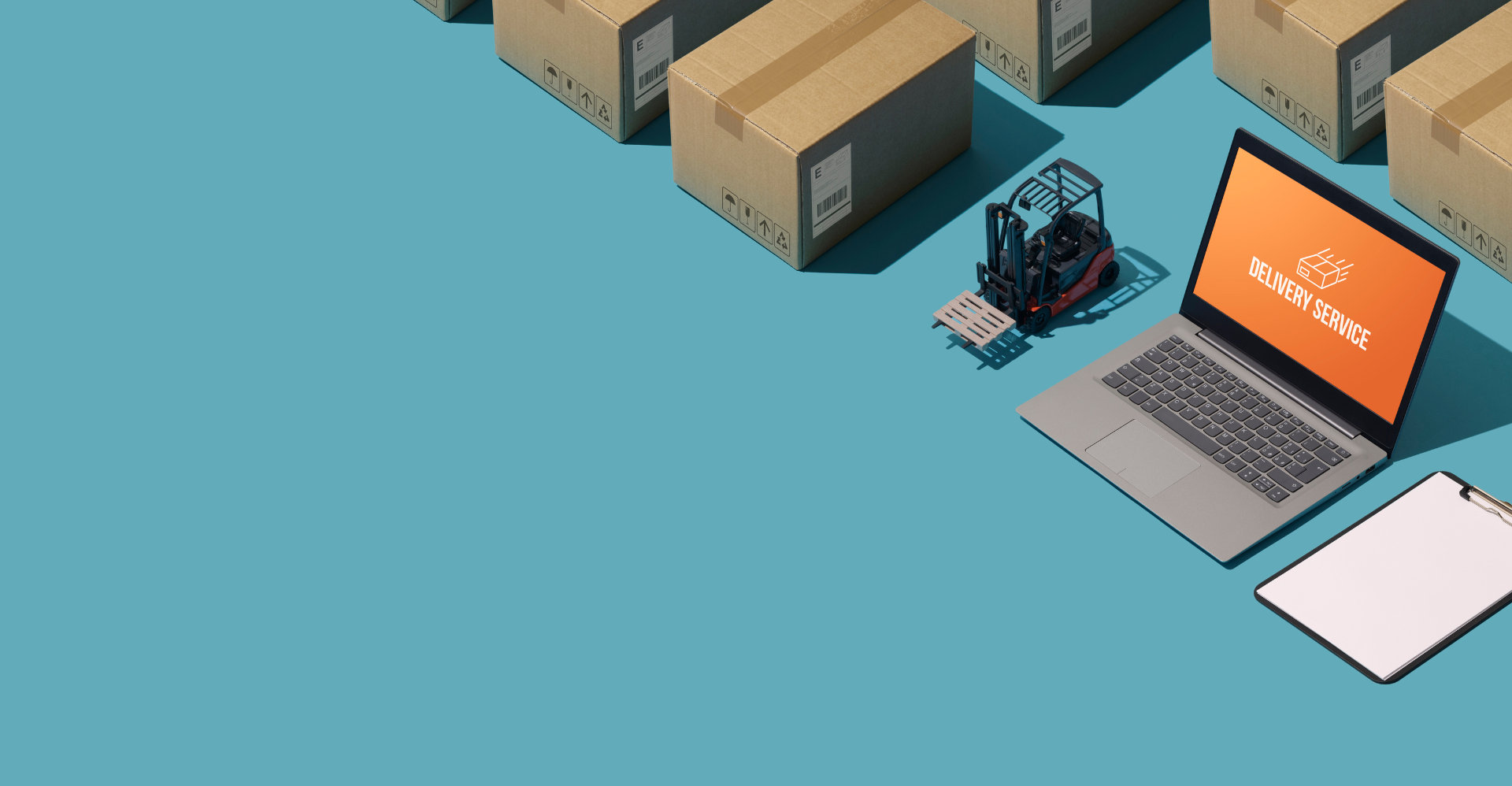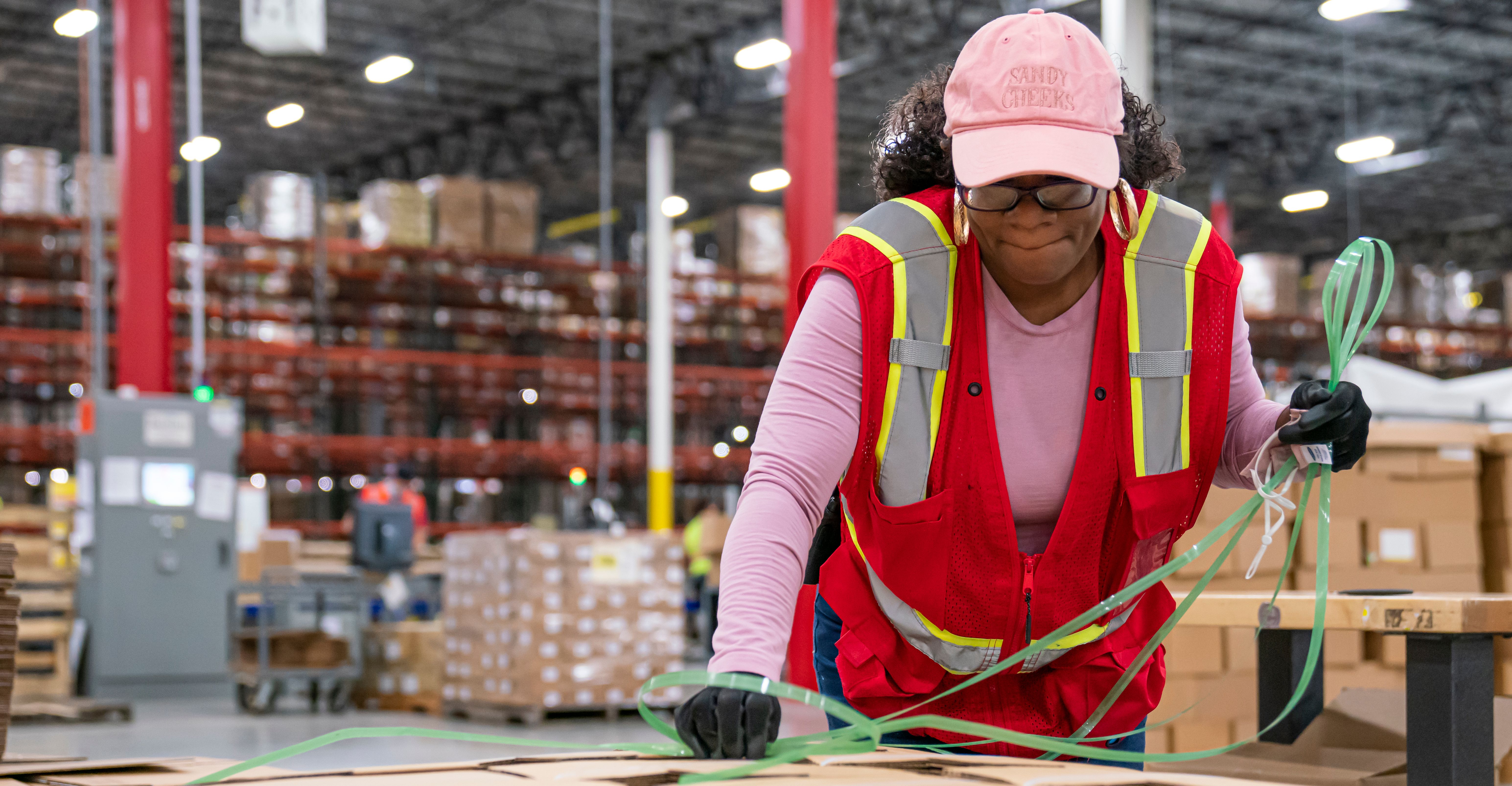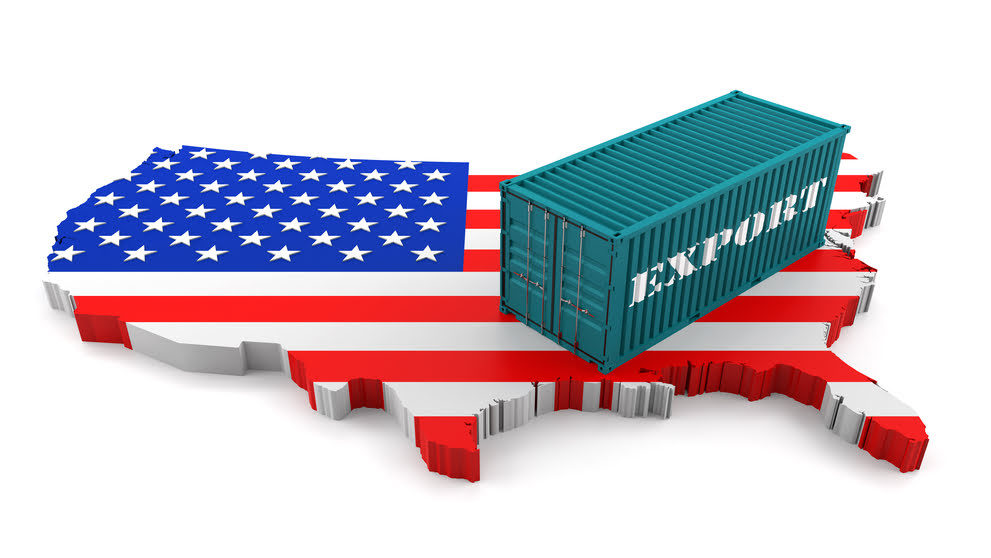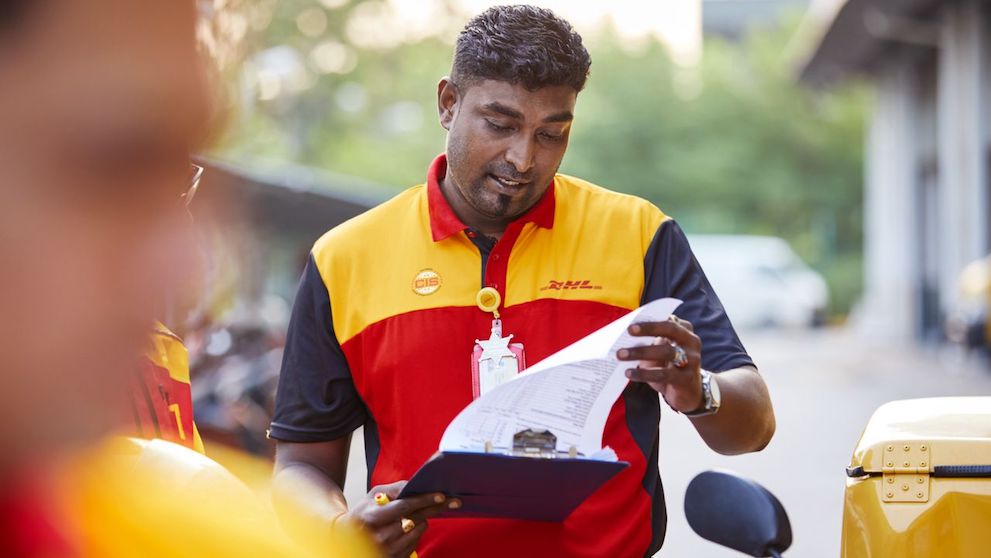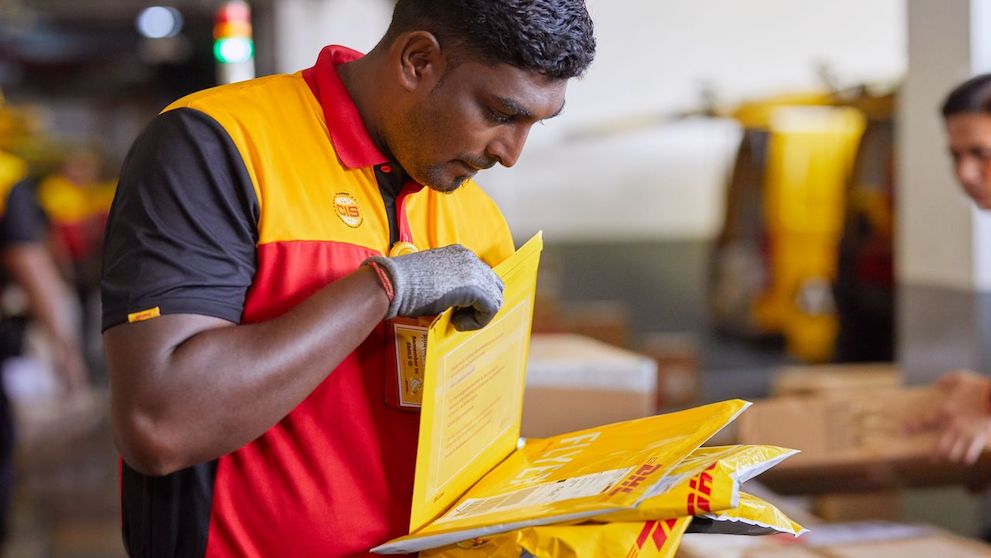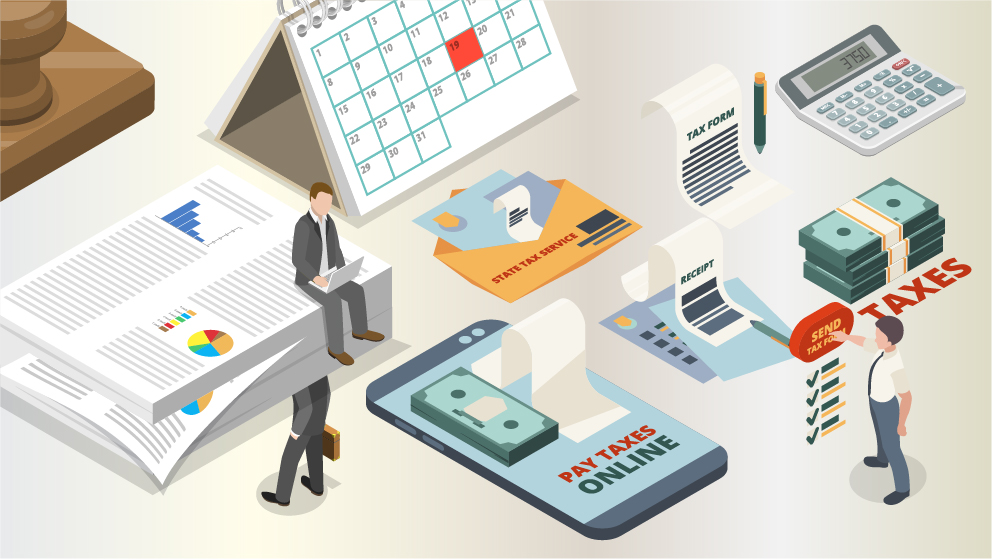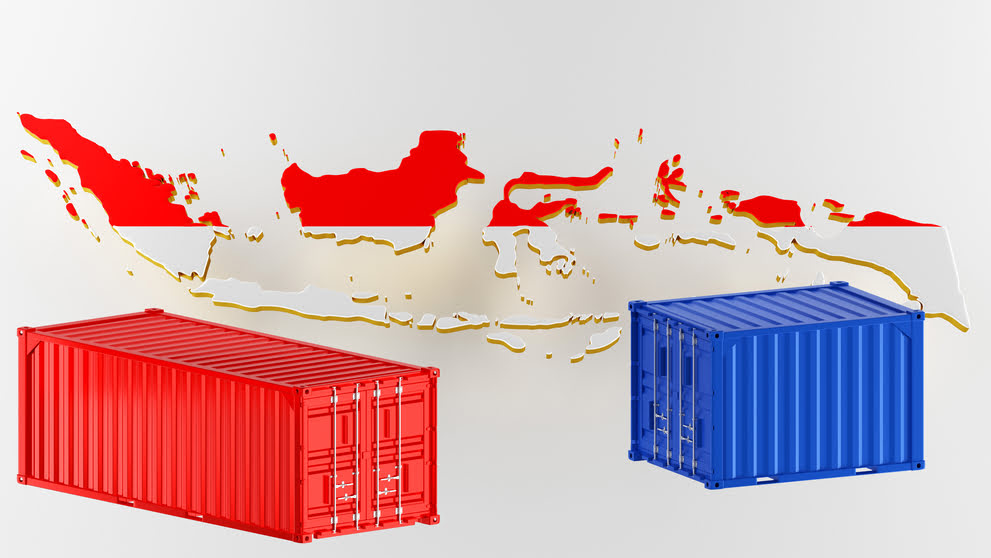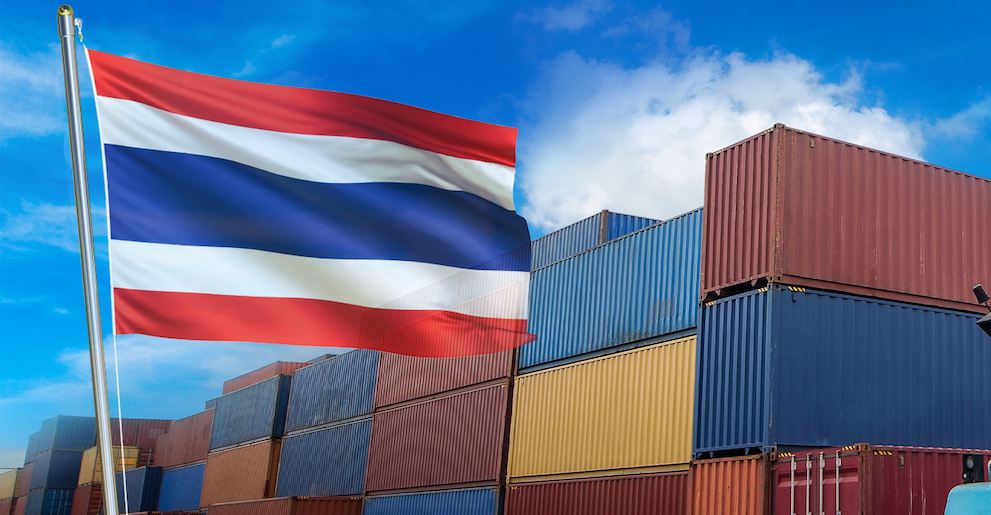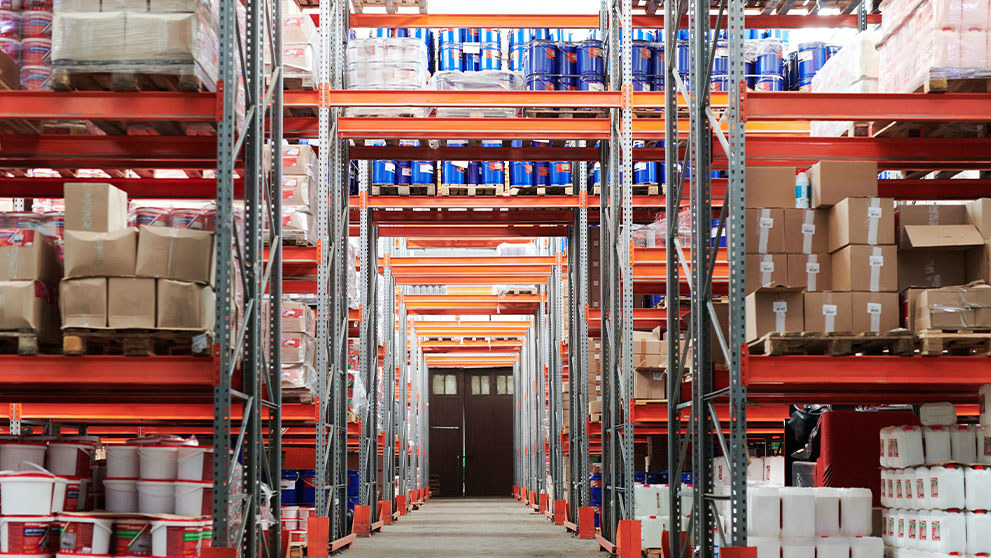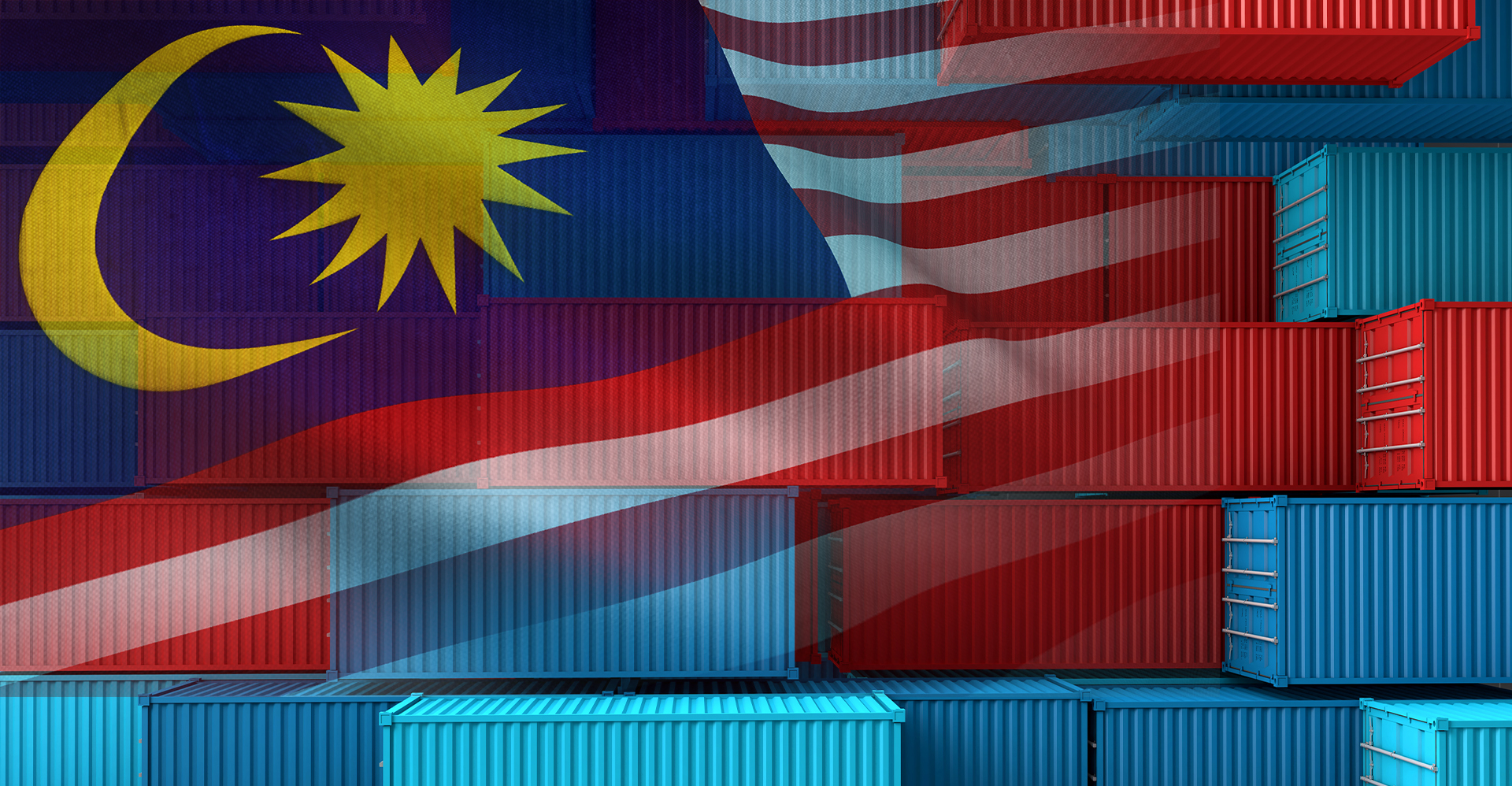
A guide to delivery fee on delivery (DFOD)
In the competitive world of e-retail, the challenge every retailer faces is how to stand out in the minds of potential customers. Beyond pricing and product attributes, the delivery experience plays a crucial role in influencing customer choice among numerous sellers.
For businesses operating in the domestic market, offering Delivery Fee on Delivery (DFOD) as a payment option can provide a significant competitive advantage.
This option is especially beneficial for new startups aiming to build trust and expand their customer base.
What is delivery fee on delivery (DFOD)
DFOD (Delivery Fee on Delivery) is a payment solution that allows customers to pay the shipping fee when they receive their order.
It is goodwill on the part of sellers, where shoppers are allowed to first receive their product and then make payment for their delivery only once they are satisfied.
Without DFOD, customers who are dissatisfied with their product might have to spend time reaching out to customer service. They would have to go through the tiresome process of compensation and still not be assured of being reimbursed for their damaged product.
With DFOD, customers can shop online worry-free and make purchases without worrying about whether their products will arrive safely or not.
How does delivery fee on delivery (DFOD) work
When a customer places an order on your e-commerce website, they will pay for the goods but not the shipping fee at the point of purchase.
In cases where the goods are not delivered, arrive damaged, or are delayed, customers have the option to refuse payment of the delivery fee.
You can establish the terms for waiving the delivery fee and clearly state them on your e-commerce site to ensure transparency and smooth execution.
How DFOD benefits your business
Boost conversion
By offering a Delivery Fee on Delivery (DFOD) option, customers can make purchases without the need to pay the delivery fee upfront. As a result, the price displayed at the checkout will be reduced. This reduction in price can effectively minimize the dropout rate, as customers are more likely to complete the purchase when they see a lower total cost.
Increase Customer Confidence
It's common to have customers hesitating at the checkout point due to concerns about product quality and delivery.
In such situations, implementing Delivery Fee on Delivery (DFOD) can alleviate these uncertainties by providing an additional layer of security. This strategy serves as an initial step in fostering trust between your business and prospective customers.
With DFOD in place, customers gain more confidence in their purchases, knowing they are only obliged to pay for the product upon its safe and satisfactory delivery. This reassures them and motivates those who may be hesitant to venture into the world of online shopping with increased confidence.
Along with DFOD, businesses can also offer cash on delivery (COD) services, also known as collect-on-delivery, and cash-on-demand – where consumers not only delay payment of delivery but also delay payment of their goods. When shopping online, consumers do not have to commit to a purchase and can instead inspect and try on their products upon receiving them – and only when they’re satisfied, pay for them. In the event that they’re not satisfied, they can choose to return it. With online scams on the rise, these services offer consumers greater control over their shopping experience and they wouldn’t need to worry about being scammed when paying for big ticket purchases.
How can you supplement your DFOD policy
1. Shipping insurance
Along with DFOD, what assures customers is the seller arranging for cargo insurance and defining clearly who is liable if something happens to a shipment. Who covers the costs of damaged goods? Who is responsible when products do not arrive at their destination as they should? By partnering with a reliable shipping partner that offers shipment insurance, you can receive comprehensive financial protection for your valuable and personal shipments.
2. Offer after-sales reassurance
By providing email confirmation after a customer makes a purchase, together with online order tracking, SMS updates and delivery confirmation, you can provide assurance to customers.
Delivery Fee on Delivery is a compelling payment option for the domestic market, offering numerous benefits. By effectively implementing this payment method, SMEs can significantly improve their customer satisfaction and overall sales performance.
However, it's important to clarify that DHL Express specializes in international shipping and does not offer Delivery Fee on Delivery service. Our expertise lies in providing reliable and efficient international shipping solutions to help businesses expand their global reach. While we focus on international logistics, we hope this guide helps you understand and leverage Delivery Fee on Delivery to enhance your domestic sales strategy.
